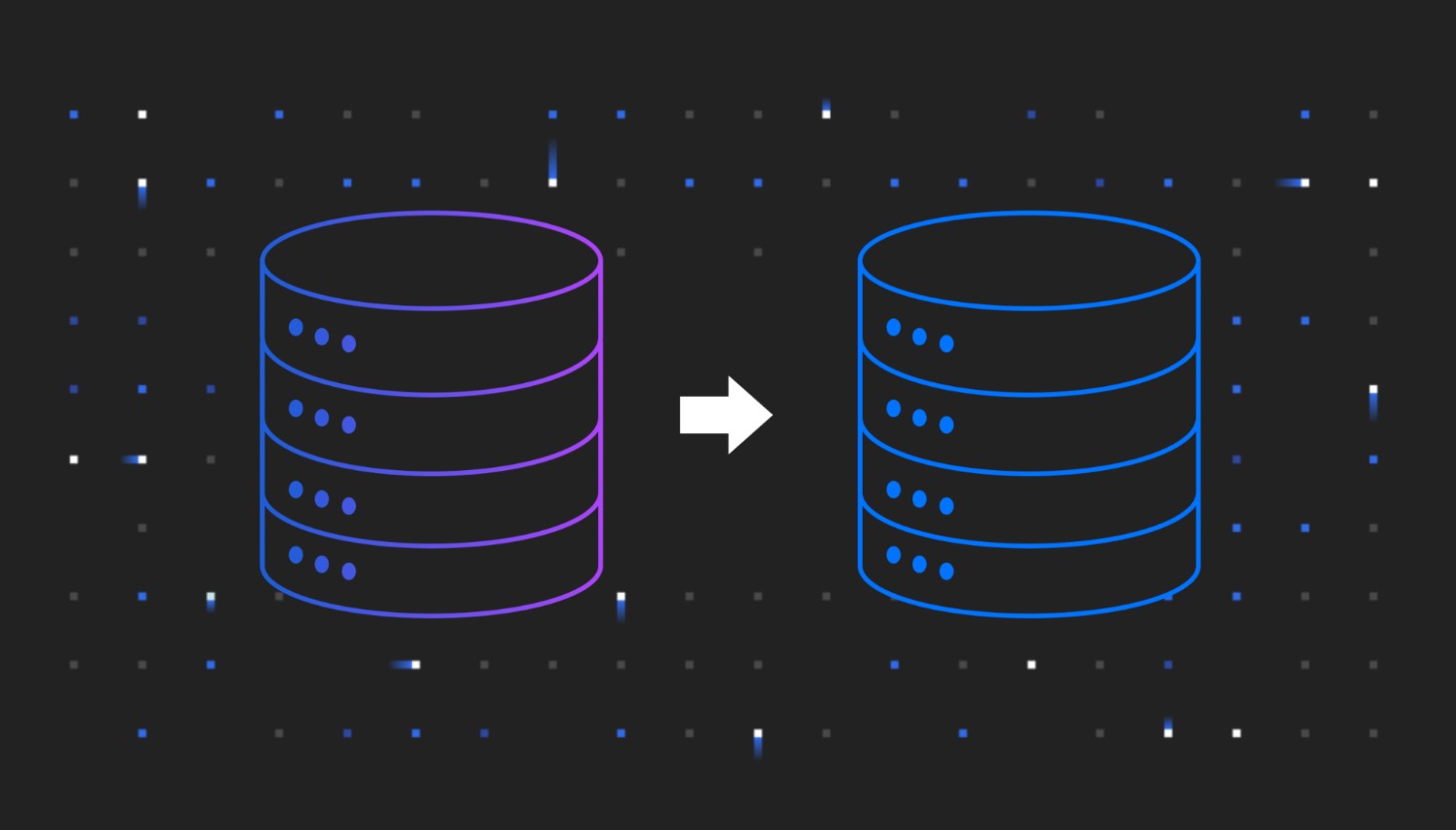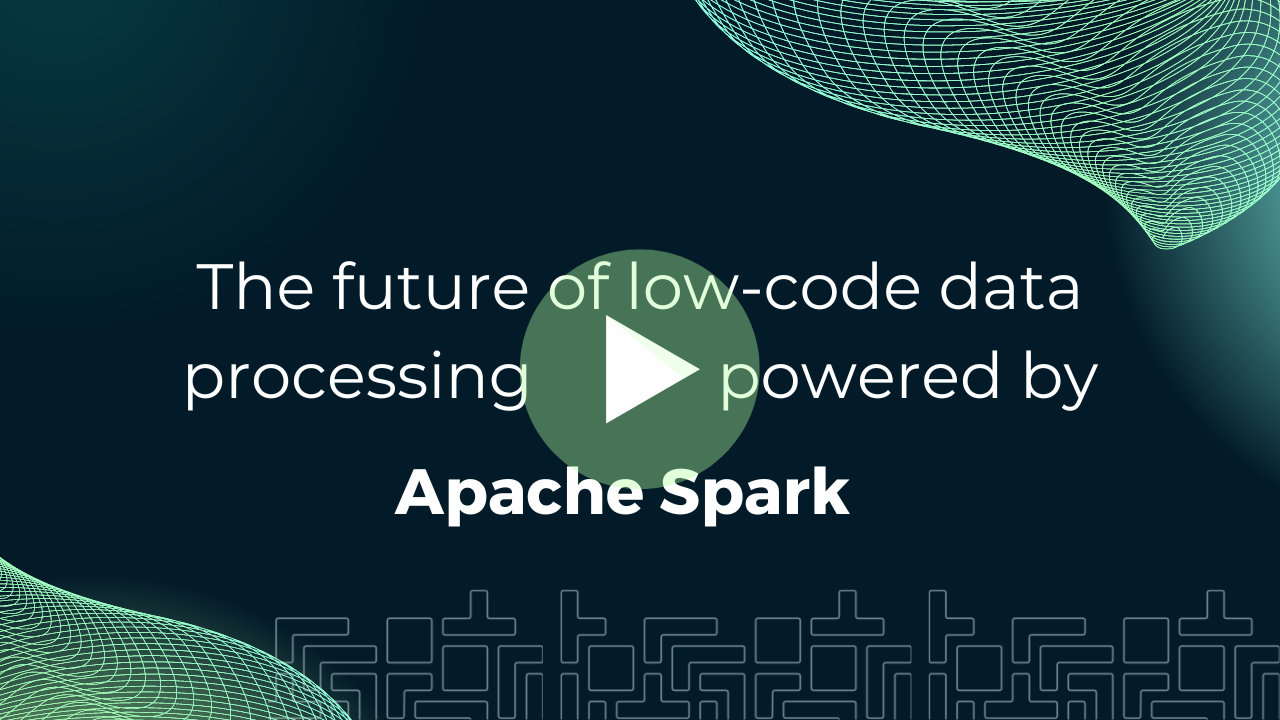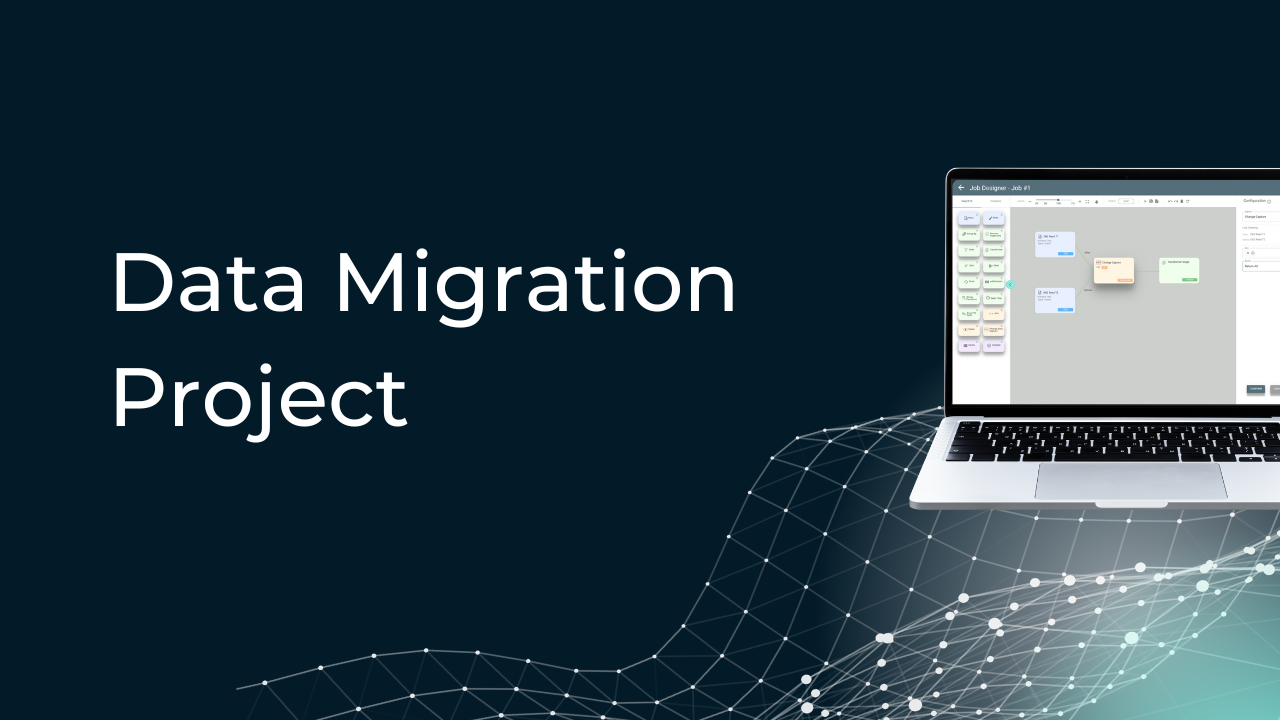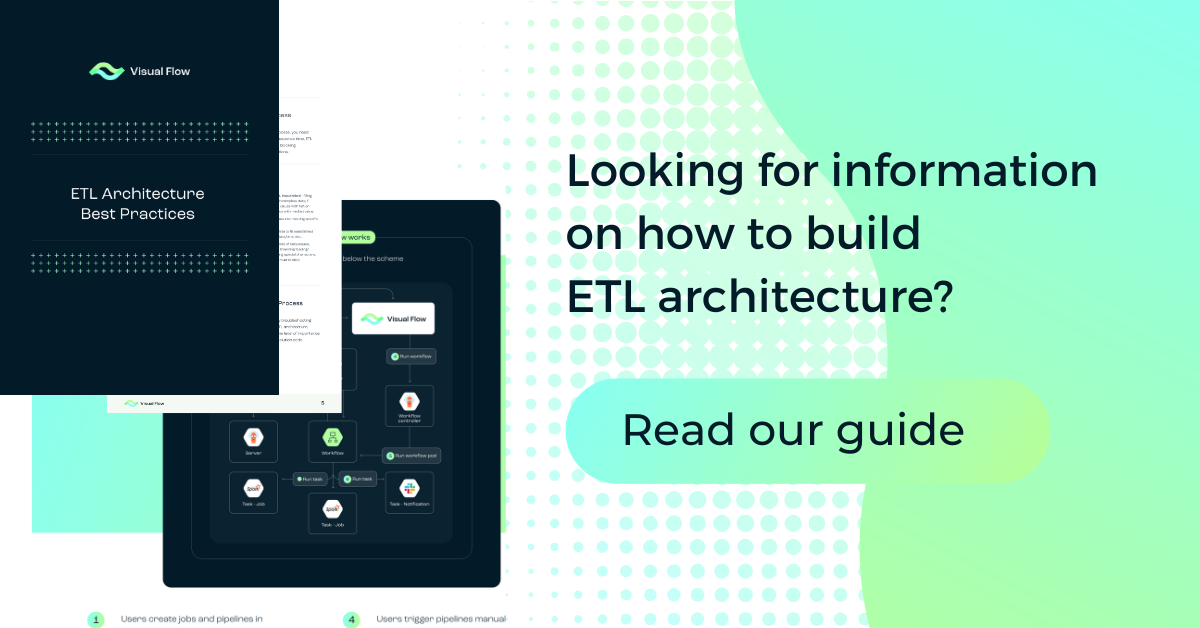
Table of Content:
Table of Content:


Data migration, the process of transferring data from one system to another, is often overlooked but holds great importance for small businesses. In this article, we’ll tell you why this process matters and explore the best data migration software for a small business.
Importance of Data Migration for Small Businesses Transitioning to New Platforms.
So, why does data migration matter? First of all, transitioning to more advanced platforms enhances operational workflows. This, in turn, leads to increased productivity as teams gain access to optimized systems with enhanced capabilities.
Advanced data migration solutions for small business help transfer data without loss, corruption, or unauthorized access. This is important for businesses handling sensitive information that, if compromised, leads to serious issues.
Initially, investing in data migration software for a small business is costly, but the long-term savings are considerable. Modern platforms typically have lower maintenance costs, reduced physical infrastructure needs, and improved scalability. Your business will thrive without constant IT system overhauls.
Switching to new platforms has another benefit: maintaining up-to-date technology allows businesses to stay ahead of the curve and be responsive to market demands.
Common Scenarios for Small Businesses, and Specific Challenges They Face.
There are several common scenarios where the data migration process is indispensable for small businesses. However, each scenario presents a set of challenges. Let’s explore them in detail.
- Scenario 1: upgrading to modern systems. Data migration is a common process for small businesses when they outgrow their old, outdated systems. The primary challenge here is ensuring that all data is accurately transferred without loss or corruption. Using data migration tools for a small business, such as automated scripts and cloud services, automates this process and reduces the risk of human error.
- Scenario 2: merging or acquiring another business. Mergers and acquisitions are exciting, but bring about the complex task of integrating data from different sources without discrepancies. Also, there’s the risk of data duplication and conflict. Specialized integration platforms standardize data formats using features for deduplication and data cleansing.
- Scenario 3: moving to cloud-based solutions. Small businesses move their data to the cloud to benefit from scalability, accessibility, and cost savings. Data security is a major obstacle in this scenario. During and after the migration, it’s necessary to safeguard sensitive data, so search for tools that provide encryption, secure access controls, and comply with industry standards.
- Scenario 4: regular data backups and disaster recovery. Business continuity is dependent on regular data backups and solid disaster recovery plans. It’s not always easy to ensure that backups are up-to-date and that data can be restored quickly in the event of an emergency. Latency and data consistency are common concerns. Automated data migration tools for a small business schedule regular backups and verify data integrity. Their features allow for quick data restoration and minimize downtime in case of a disaster.
Now that you have a grasp of the common scenarios and challenges involved in data migration for a small business, it’s time to explore the top platforms that make the process more manageable.

Top Platforms
The best data migration software for a small business includes Google Cloud Platform, Microsoft Azure, AWS (Amazon Web Services), and Visual Flow.
Google Cloud Platform
Google Cloud Platform (GCP) offers a suite of tools and features for efficient and cost-effective data migration. Its primary features include:
- Cloud data transfer (CDC). Perfect for quickly moving large datasets to the cloud.
- Migrate for Compute Engine. Allows for moving virtual machines (VMs) from on-premises or other clouds to Google Cloud.
- BigQuery data transfer service. If your business relies on data from various SaaS applications, this service automates the data movement into BigQuery.
- Transfer Appliance. This physical device helps securely move large datasets to GCP.
GCP will help you scale your data storage and processing capabilities without worrying about infrastructure constraints. It also takes data security seriously and offers robust security features, including encryption at rest and in transit, identity and access management, and compliance with industry standards (GDPR, HIPAA, etc.).
GCP’s flexible pricing model allows you to pay only for the resources you use. This model is ideal for small businesses with fluctuating workloads, as it helps keep costs under control. Plus, it offers a free tier with $300 in free credits for new users to explore its services like BigQuery, Google Cloud Storage, and Compute Engine.
Microsoft Azure
Microsoft Azure is a cloud computing service created by Microsoft that provides a wide range of cloud services, including those for computing, analytics, storage, networking, and data migration:
- Azure Migrate. Assists small businesses in discovering, assessing, and migrating on-premises workloads to Azure.
- Database Migration Service. Supports a variety of databases, including SQL Server, MySQL, and PostgreSQL, for a transition with minimal downtime.
- Azure Site Recovery. Facilitates data migration for a small business and ensures your business can quickly recover in case of an unexpected event.
- Azure Data Box. Simplifies bulk data transfer to Azure and bypasses the limitations of network bandwidth.
Just like GCP, Microsoft Azure is highly scalable and secure. It integrates with other Microsoft products like Office 365, Dynamics 365, and Windows Server. Regarding pricing plans, you can choose from pay-as-you-go options, reserved instances, or even use free tiers to manage costs. The latest include $200 in credits for the first 30 days and free access to popular services for a year. What’s more, Azure Hybrid Benefit allows you to use your existing on-premises Windows Server and SQL Server licenses on Azure to reduce overall costs.
AWS (Amazon Web Services)
Amazon Web Services (AWS) is a leading cloud service provider that delivers a broad array of services, including specialized data migration software for small businesses:
- AWS Migration Hub. Offers a centralized location to track the progress of application migrations across multiple AWS and partner solutions.
- AWS Database Migration Service (DMS). Enables the migration of databases to AWS with minimal downtime and supports various database engines, including Oracle, SQL Server, MySQL, and PostgreSQL.
- AWS Snowball. This petabyte-scale data transport solution uses secure appliances to transfer large amounts of data to and from AWS.
- AWS Server Migration Service (SMS). Automates the migration of on-premises workloads to AWS, simplifies and speeds up server migrations, and allows businesses to schedule and track replications of live server volumes with minimal disruption.
- AWS DataSync. Automates and accelerates the transfer of large amounts of data between on-premises storage and AWS storage services.
AWS offers flexible pricing models, including pay-as-you-go and reserved instances. The AWS free tier provides 12 months of free access to certain services at no cost for new users and allows them to explore AWS’s capabilities without financial risk.
AWS boasts the most extensive global infrastructure of any cloud provider, with data centers in numerous regions worldwide. It also integrates with its wide array of services, such as AWS Lambda, Amazon S3, and Amazon EC2.
Visual Flow
Visual Flow is an open-source product that is low-cost, low-code, and supported by the Apache 2.0 license. It eliminates the stress of migrating data, such as databases, applications, large datasets, and more.
Being a Visual Flow user doesn’t entice you to be a tech wizard. A basic understanding of SQL and a grasp of how your data sources work is enough. You’ll also want to know the types of transformations you plan to apply to your data. It’s that simple.
Our platform safeguards your data with advanced encryption and secure protocols during the migration process, so you can sleep soundly knowing that your information is secure. Furthermore, we give exceptional customer support, including detailed documentation, tutorials, and a responsive support team. We can quickly resolve any issues you encounter, keeping your migration on track.
Our full-scale data migration service brings together the most powerful technologies in a drag-and-drop interface to ensure data migration is accessible to all, regardless of their technical expertise. All of our ETL experts are members of IBA Group, a trusted partner of IBM, Databricks for ETL, Qlik, and SAP. They have extensive experience working with numerous data-rich projects.
Visual Flow’s goal is to simplify ETL/ELT operations to help small businesses turn their data into meaningful insights and real value.

Step-by-Step Process
Migrating data is sometimes complicated for small businesses with limited resources. Don’t worry, though — to help you deal with this process, we’ve created this step-by-step guide:
- Determine what data needs to be migrated, the sources and destinations, and any specific requirements or constraints.
- Select user-friendly data migration solutions for a small business (with good customer support, of course). By the way, Visual Flow is a great option for small businesses as it simplifies the ETL/ELT operations.
- Before you begin the migration, back up all your data. This way, you have a fallback plan if something goes awry. Store backups in multiple locations, such as external drives and cloud storage, for added security.
- Create a detailed migration plan. Outline the steps, timeline, and responsible personnel. Don’t forget to inform everyone about any potential downtime.
- Clean and prepare your data for migration. Get rid of duplicates, fix errors, and make sure everything is in a consistent format.
- Configure the migration environment — connect your data sources and destinations, and test these connections to ensure they’re working.
- Define how your data from the source will map to the destination by specifying how fields, tables, and records will be transferred. Double-check your mappings to prevent mismatches.
- Run a test migration with a small subset of your data to identify and fix any issues before the full migration. Monitor the test closely and document any errors or discrepancies for resolution.
- With a successful test run, proceed with the full migration. Schedule the full migration during off-peak hours to minimize disruptions.
- Monitor the migration progress in real time. Use monitoring tools to track data flow and catch any issues right away. Set up alerts for critical events so you’re always in the know without having to hover over the dashboard.
- Once the migration is complete, check for data integrity and completeness. Compare the data before and after migration. Spot checks on key datasets can help you sleep better at night.
- Optimize the new system for performance and clean up any temporary data or configurations used during the migration. Document the entire process and note any challenges and how you overcame them.
And that’s it — you’ve completed the data migration process. However, if it still seems complicated, you can always rely on Visual Flow. We are ready to make your data migration a smooth and even enjoyable experience.
Recommendation by Visual Flows Experts
Visual Flow experts have gathered a list of the most effective tips and practices to make your migration successful:
- Automating parts of your migration will save you time and cut down on mistakes.
- Don’t try to move everything at once. Incremental migration will help you keep things running smoothly without long downtimes.
- Engage stakeholders from the start. The people who use the data daily will have invaluable insights and might spot potential issues early on.
- Your data is precious, so treat it like gold. Make sure it’s secure at every step of the process.
- Plan for post-migration support. Schedule some check-ins after the migration. It’s a great way to fix any issues and make sure everything is working as it should.
If you need additional expert tips and best practices, feel free to contact our professional ETL consultant.








Contact us






















































